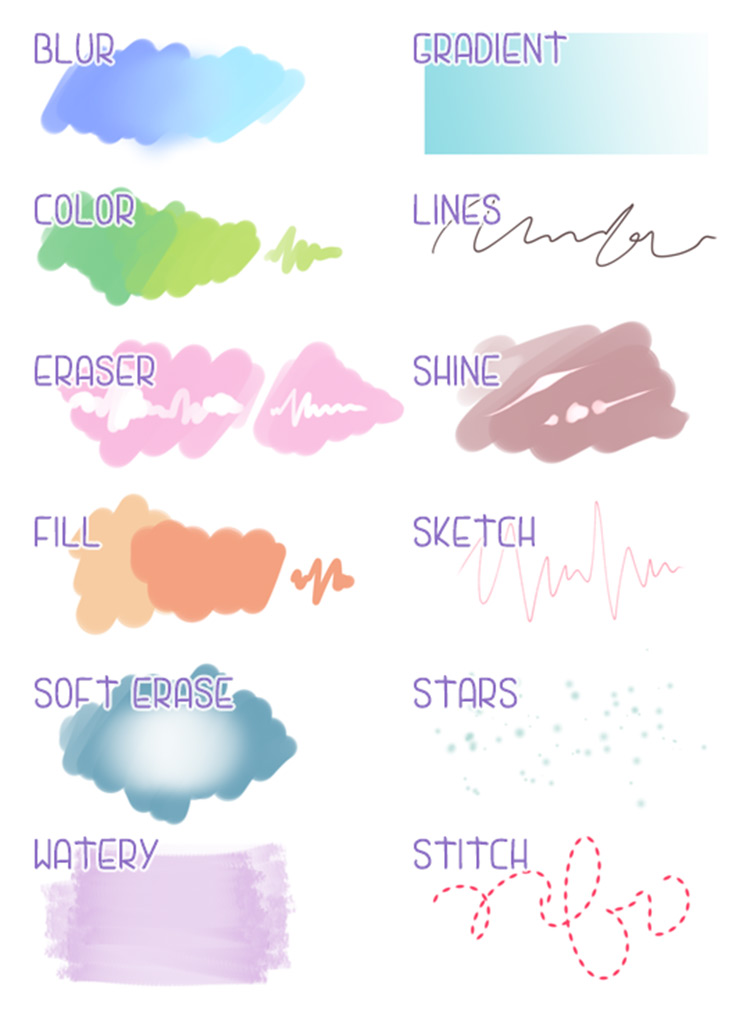
Simply practice and you will see improvement.Use layers. Digital art and traditional art are not the same and there is always an adjustment period. Thankfully in PaintTool SAI, this is easy with the brush, watercolor brush, marker, and more.ĭon’t get discouraged if blending colors do not come naturally. The ability to blend colors is a foundational skill of digital art. Step 7: Using a smaller brush size again, continue blending and refining until you get your desired look. This can include highlights that were lost and shadow areas that were blended together in the previous steps. Step 6: Place flat colors that were blended away in the previous steps. Step 5: Use a smaller brush size to continue blending.This will help to refine the smaller details in the piece. You can also experiment with brush density but in my workflow, I keep the default 100% settings. Brush size will depend on the size of your canvas, but for this example, I am using a brush at 50px. Step 4: Use the Brush tool to blend the colors together. Block out the main areas of color you see in your image. Step 3: Fill in your color layer with your color flats.

Step 2: Create a new layer and name it color. For this example, I am coloring an Apple. Step 1: Open your file in PaintTool SAI with your sketch. Practice and you will be a pro in no time.

It may take your brain and hand some time to adjust to this mechanism of drawing if it is new to you.

Digital painting, while amazing, requires different hand-eye coordination and intuitive thinking skills. However, it does take some getting used to.ĭo not be discouraged if blending in PaintTool SAI does not come naturally to you. Blending with brushes in PaintTool SAI is similar to other drawing programs, and painting in real life. Now that we have discussed the various brushes that exist in PaintTool SAI, we can learn how to use them to blend. How to Blend with Brushes in PaintTool SAI

Additionally, the Blur tool was not available in earlier versions of PaintTool SAI 2, but I have heard that it has been added back. Includes additional brushes such as Crayon, Acrylic, and Oil. Smudge is the most unique blending brush on this list, but I cannot say I’ve used it much or seen it used in other artists’ workflows. Watercolor has a much “smoother” finish, while the marker blends but can show distinct differing levels of opacity. They include the Brush, Watercolor Brush, Marker, and Smudge tool. There are four primary blending brushes in PaintTool SAI 2.


 0 kommentar(er)
0 kommentar(er)
